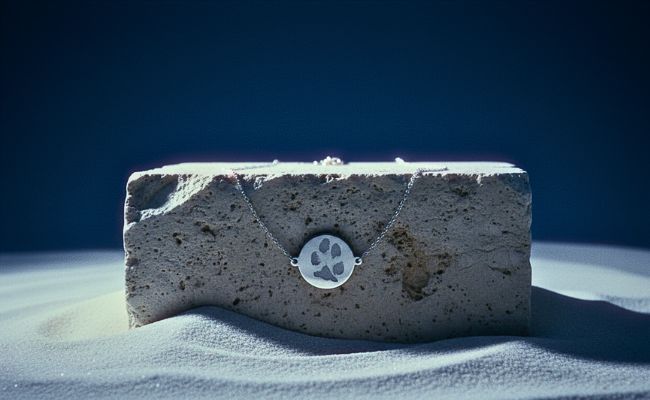Article: How Much Are Sapphires Worth: A Comprehensive Guide

How Much Are Sapphires Worth: A Comprehensive Guide
How much are sapphires Worth: More Than Just Blue
Sapphires, renowned for their stunning beauty and durability, have captivated jewelry lovers for centuries. While the classic blue sapphire is often the first to come to mind, this gemstone is available in a captivating array of colors. From the fiery red of ruby (a variety of sapphire) to the gentle pink, yellow, and green hues, sapphires offer a diverse palette for every taste.
Factors Affecting Sapphire Prices
Several key factors contribute to the price of a sapphire:
- Color: The most significant factor is color. While blue is the most famous, other colors like pink, yellow, and green also command premium prices, especially for intense and vivid hues.
- Clarity: Like diamonds, sapphires with fewer inclusions (internal flaws) are generally more valuable.
- Cut: A well-cut sapphire maximizes its brilliance and fire, increasing its value.
- Carat Weight: Larger sapphires typically command higher prices, but the overall quality is more important than the carat weight alone.
- Origin: Sapphires from specific locations, such as Kashmir and Ceylon, often carry a premium due to their reputation for exceptional quality.
Sapphire Varieties and Their Value
-
Blue Sapphire: The most recognized sapphire variety, blue sapphires range in price from affordable to extremely high-end, depending on factors like color intensity, clarity, and size.
- Price Range: Affordable blue sapphires can start from around $100 per carat, while high-quality stones can reach thousands of dollars per carat.
-
Yellow Sapphire: Known for its sunny disposition, yellow sapphire prices vary based on color saturation and clarity.
- Price Range: Yellow sapphires typically range from $200 to $2,000 per carat, depending on quality.
-
Pink Sapphire: Rare and delicate, pink sapphires are highly prized, especially those with intense color.
- Price Range: Pink sapphires can range from $500 to several thousand dollars per carat.
-
Parti Sapphire: Featuring color zoning, parti sapphires offer a unique and captivating appearance, with prices influenced by the color combination.
- Price Range: Parti sapphires can vary widely in price depending on the overall quality and color distribution.
-
Ceylon Sapphire: Hailing from Sri Lanka, Ceylon sapphires are renowned for their exceptional color and clarity, commanding premium prices.
- Price Range: Ceylon sapphires often start at several hundred dollars per carat and can reach into the thousands.
Lab-Grown Sapphires: An Ethical and Affordable Option
While natural sapphires are undeniably beautiful, lab-grown sapphires offer an ethical and affordable alternative. Created in controlled laboratory environments, these sapphires possess the same chemical, optical, and physical properties as their natural counterparts.
Lab-grown sapphires are:
- Ethical: Their production process does not harm the environment or exploit miners.
- Affordable: Generally, lab-grown sapphires are more affordable than natural sapphires of comparable quality.
- Beautiful: With advancements in technology, lab-grown sapphires are indistinguishable from natural stones to the naked eye.
- Price Range: Lab-grown sapphires typically range from a fraction of the cost of their natural counterparts, with prices starting as low as $50 per carat.
Investing in Sapphires
Sapphires can be a valuable addition to a jewelry collection and may even appreciate in value over time. Factors such as increasing demand, limited supply of high-quality stones, and economic conditions can influence sapphire prices. When considering sapphires as an investment, consult with a reputable gemologist or jewelry expert.
Conclusion
The world of sapphires is vast and captivating, offering a range of options for every budget and style. By understanding the factors that influence sapphire prices and exploring the benefits of lab-grown alternatives, you can make an informed decision when purchasing this stunning gemstone.
September Birthstone : Sapphire is the official birthstone for those born in September.
Note: These are general price estimates and actual prices may vary based on specific factors such as carat weight, clarity, and market conditions.





